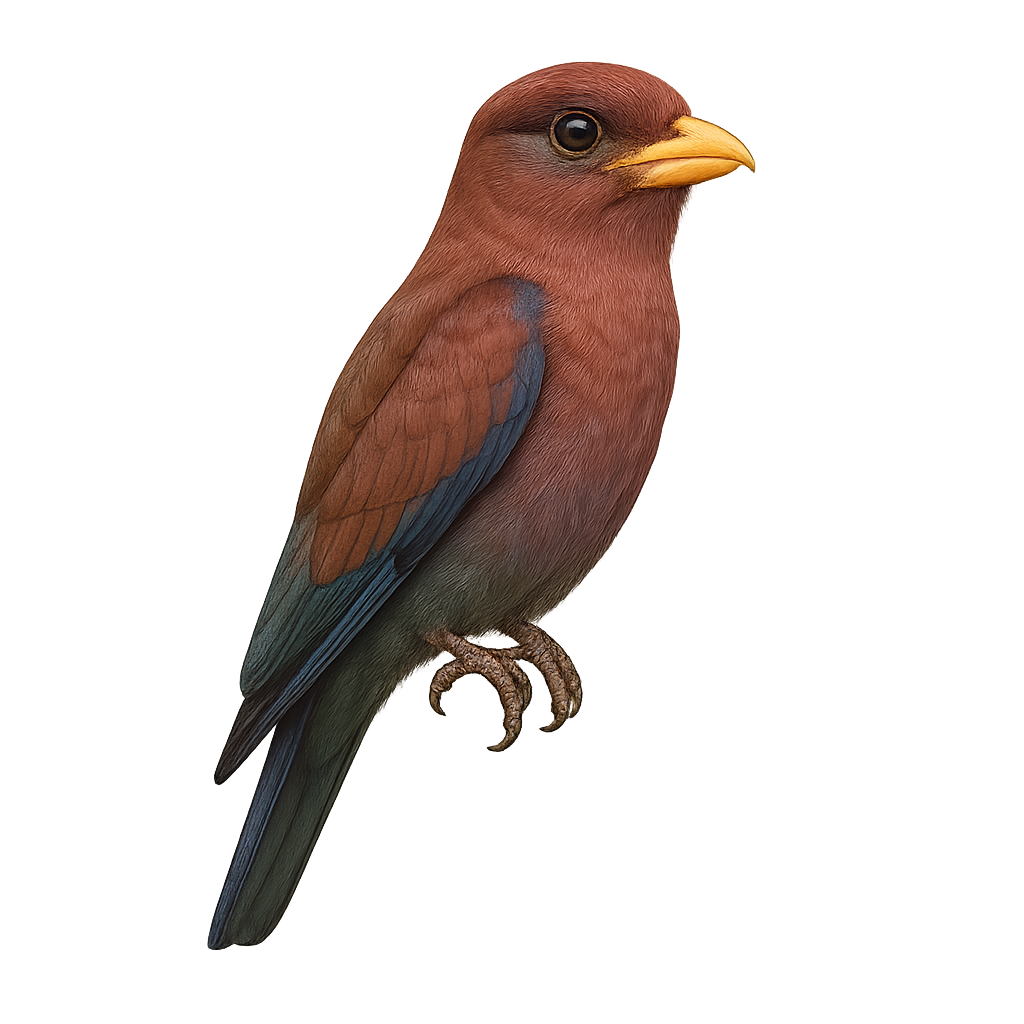Your wildlife photography guide.
Explore the broad-billed roller in detail, study its behavior, prepare your shots.
Where to observe and photograph the broad-billed roller in the wild
Learn where and when to spot the broad-billed roller in the wild, how to identify the species based on distinctive features, and what natural environments it inhabits. The WildlifePhotographer app offers tailored photography tips that reflect the broad-billed roller’s behavior, helping you capture better wildlife images. Explore the full species profile for key information including description, habitat, active periods, and approach techniques.
Broad-billed Roller
Scientific name: Eurystomus glaucurus

IUCN Status: Least Concern
Family: CORACIIDAE
Group: Birds
Sensitivity to human approach: Suspicious
Minimum approach distance: 10 m
Courtship display: October to November
Incubation: 17-20 jours
Hatchings: October to December
Habitat:
Savannas, light forests, wooded areas
Activity period :
Primarily active during the day, with peak activity in the morning and late afternoon.
Identification and description:
The Broad-billed Roller, or Eurystomus glaucurus, is a colorful and fascinating bird primarily found in sub-Saharan Africa. It is recognizable by its vibrant plumage, which combines shades of blue, green, and brown, and its characteristic broad bill. This bird measures about 29 cm in length and prefers open habitats such as savannas, light forests, and wooded areas. It is often seen perched on exposed branches, from where it surveys its territory. The Broad-billed Roller feeds mainly on insects, which it catches in flight with great agility. Its flight is fast and direct, often accompanied by acrobatic rolls.
Recommended lens:
400 mm – adjust based on distance, desired framing (portrait or habitat), and approach conditions.
Photography tips:
To photograph the Broad-billed Roller, it is advisable to use a telephoto lens of at least 400 mm to capture sharp images from a distance. Look for open areas where the bird is likely to perch, such as exposed branches. Be patient and discreet to avoid scaring it away. The best times to photograph it are early in the morning or late in the afternoon when the light is soft and highlights the vivid colors of its plumage.
The WildlifePhotographer App is coming soon!
Be the first to explore the best nature spots, track rutting seasons, log your observations, and observe more wildlife.
Already 1 439 wildlife lovers subscribed worldwide

